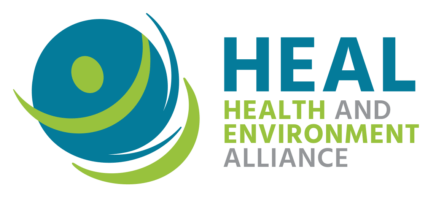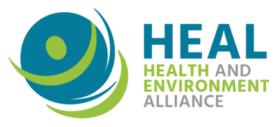The Health and Environment Alliance (HEAL) thanks the European Commission for the opportunity to provide comments on the items discussed in the 55th CARACAL meeting. We have shared the following comments on three agenda items of the CLP Open Session.
HEAL has submitted comments to the proposals for two ongoing risk management procedures on two brominated flame retardants: namely decabromodiphenyl ethane (DBDPE) and bis(2-ethylhexyl) tetrabromophthalate (TBPH).
DBDPE was proposed as a substance of very high concern due to the very persistent and very bioaccumulative (vPvB) properties of the substance.
HEAL fully supports the proposal to identify DBDPE as a substance of very high concern. This substance is currently placed on the EU market in very high tonnages and is extensively used in mixtures and articles by professional workers and consumers [1]. DBDPE has been widely detected in all environmental compartments including in remote areas [1], and the chemical has also been found in humans [2].
TBPH was proposed for inclusion in the Stockholm Convention on Persistent Organic Pollutants due to its persistence, bioaccumulation, long-range environmental transport, and adverse effects.
HEAL fully agrees with this proposal and welcomes the aim to regulate TBPH internationally.
Access the full comments for decabromodiphenyl ethane (DBDPE) and bis(2-ethylhexyl) tetrabromophthalate (TBPH).
Generally, HEAL supports a group-based restriction of aromatic brominated flame retardants and submitted evidence last year for an investigation report on these chemicals.
References
[1] ECHA (2024). Investigation report on aromatic brominated flame retardants. Available at: https://echa.europa.eu/completed-activities-on-restriction
[2] Hammel, S. C., Vorkamp, K., Nielsen, J. B., Sørensen, L. S., Knudsen, L. E., & Frederiksen, M. (2024). Novel and legacy brominated flame retardants in human breast milk and house dust from Denmark. Journal of Environmental Exposure Assessment, 3(1), 8. https://www.oaepublish.com/articles/jeea.2023.51

